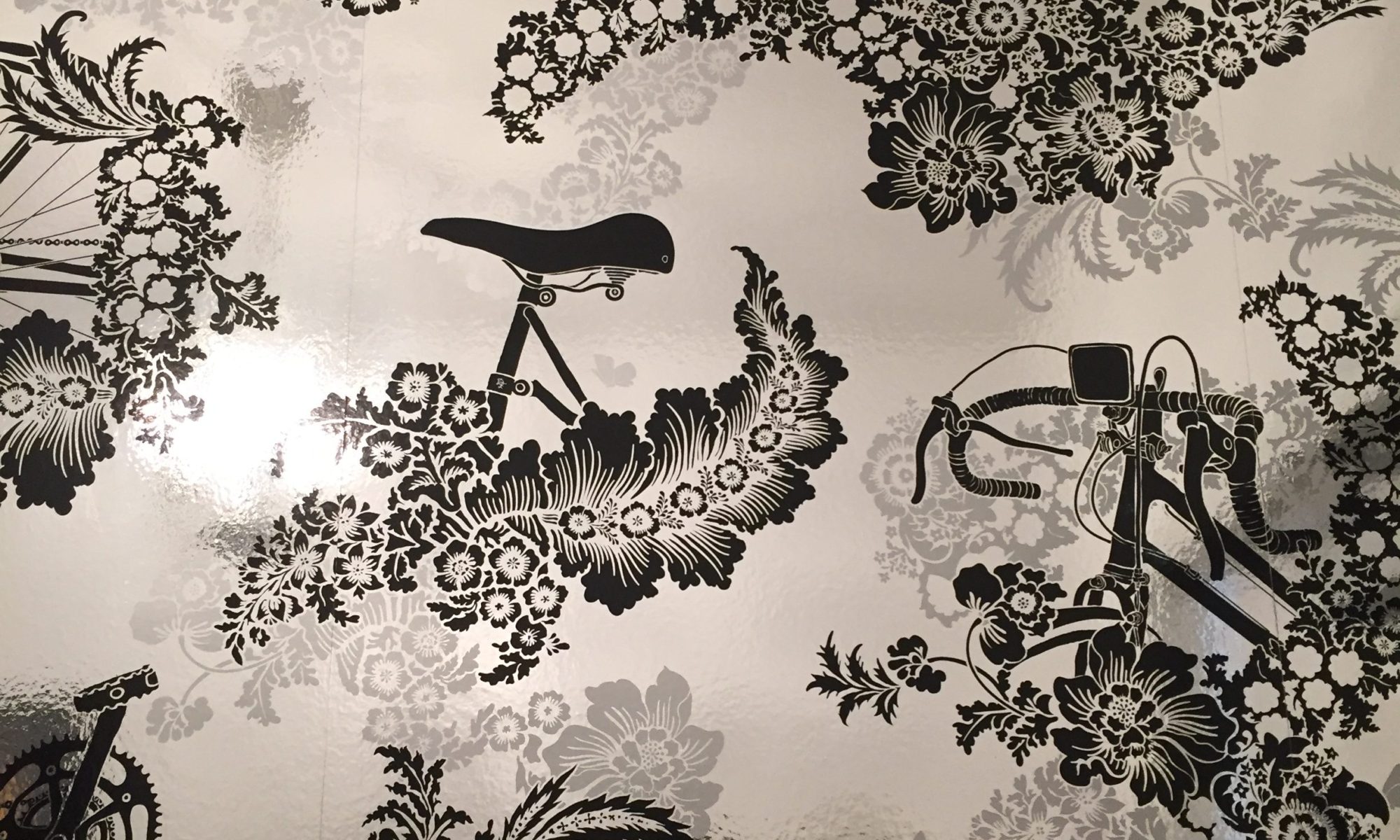 Summer camp. Youthful memories of a time of life when things were figured out between trips to the ballpark or mall. Life was sort of complicated in the way that only teenagers can complicate things. Camp was when those complications were concentrated and compacted into a time and place away from home; away from the usual rhythm of life. It was a brief stint of heaven or hell, depending upon who ended up in the lower bunk. Was reality suspended or was it a microcosm of the larger world? Homesickness. Puppy love. Learning to kayak. Swimming past the buoy. Generic peanut butter. Outhouses. Woven potholders in wacky colors. Capture the Flag. Campfires. Bugspray. Permanently damp swimsuits. Tie-dyed t-shirts.
Summer camp. Youthful memories of a time of life when things were figured out between trips to the ballpark or mall. Life was sort of complicated in the way that only teenagers can complicate things. Camp was when those complications were concentrated and compacted into a time and place away from home; away from the usual rhythm of life. It was a brief stint of heaven or hell, depending upon who ended up in the lower bunk. Was reality suspended or was it a microcosm of the larger world? Homesickness. Puppy love. Learning to kayak. Swimming past the buoy. Generic peanut butter. Outhouses. Woven potholders in wacky colors. Capture the Flag. Campfires. Bugspray. Permanently damp swimsuits. Tie-dyed t-shirts.
Shame. Condemnation. Fear. Confusion.
How would camp have been different had it been geared toward GLBT and Allied youth? Some might say that it couldn’t have existed. Summer camp was church camp…and no such topic of sexual orientation would be allowed or addressed. If not church-based, summer camp was just summer camp and nobody talked about such things. Or, they did. But, they did so in secret.
That was then. 15 years ago or 50 years ago, the time of silencing the identity and discovery of young people is over. The long, painful history of denying sexual orientation and identity as part of the discourse in faith communities has passed.
Now, there is The Naming Project. One of a handful of camps in North America for gay, lesbian, bisexual, trans-identified, allied, and questioning youth, The Naming Project organization started its formation in 2002 as an answer to the question, was there a place where a gay youth could go to discuss sexuality as well as spirituality?
It was a simple—but revolutionary—question. No, there was not.
Since then, the founders of The Naming Project—Jay Wiesner, Ross Murray, and Brad Froslee—have built a multi-faceted organization with programming to help GLBTA youth learn, grow, and share their experiences. It includes outings to worship and fellowship experiences; resources for youth and parents; workshops and conversations for youth in schools, communities, and churches; workshops for youth workers, parents, and congregations; and, as seen here, a five-day summer camp for youth at Bay Lake Camp near Garrison, Minnesota.
The camp is on an island. Metaphorical or literal, the shift in reality is palpable.
What is found on the island is unconditional acceptance. There is enlightenment. Something is known there that has yet to be fully articulated elsewhere:
Whether gay, lesbian, bisexual, trans-identifying, an ally, or questioning, you have been created and named as “a beloved child of God.”
Again, revolutionary. To come from a society where GLBT individuals are called names throughout their lives, it was an imperative of The Naming Project that the youth know that in being created, baptized, and called they are given another name, “Child of God.”
Though on an island, the work of The Naming Project is not relegated to its boundaries. The youth leave Bay Lake with a charge to see how they fit into society and figure out what they can do to make it better which, by simply existing, they already do.
The Naming Project has been featured on Our America with Lisa Ling and in the documentary Camp Out.
